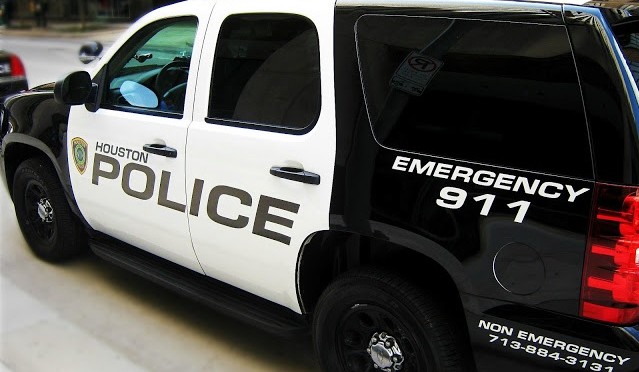In the wake of recent protests in Ferguson, MO., there has been new attention placed on law enforcement interactions with citizens across the nation. The increased scrutiny is also causing organizations like the Houston Police Department to quicken some of changes that they may have had planned down the line. For HPD, those changes start with body cameras. Here’s more from James Pinkerton of the Houston Chronicle…
Houston Police Chief Charles McClelland is asking City Hall for $8 million to equip 3,500 police officers over three years with small body cameras to record encounters between law enforcement and residents as a way of improving accountability and transparency.
Last December, McClelland announced a pilot program that fitted 100 officers with the recording devices at a cost of $2,500 per officer, explaining that body cameras were more likely to record officers’ contact with residents than dashboard cameras in patrol cars.
[…]
Proponents of body cameras – roughly the size of a pager that can be clipped to the front of a uniform shirt- say the technology can be key in lowering use of force by police and citizen complaints. However, the effort to equip additional officers with the devices faces uncertainty as Mayor Annise Parker’s administration acknowledged Wednesday it is having trouble finding money to pay for the project.
The addition of body cameras has had some dramatic effects on other police forces, some of which have seen as much as an 88 percent decrease in complaints filed against the force within one year of deploying the technology. Perhaps the best part of camera use is that what is records is objective… protecting good the good parties and exposing the bad on both sides. They don’t take sides between the officer or the person filing the complaint… but merely show the truth of all altercations. After the horrific and wholly unnecessary assault of Chad Holley, Houstonians already know the difference that one camera can make.
Cameras are a big step in the right direction, but they won’t solve all of the issues with contemporary policing. HPD, and all area law enforcement agencies can do much more to make the region safer.
There is much more examination to be done on how, when and why police officers engage in brutality, and/or make the decision to take a life. Many citizens assume from basic gun training that the police know to prioritize non-lethal force when interacting with a possible assailant. But as Dara Lind of Vox recently discovered, this is simply not the case with most law enforcement interactions…
In principle, when a cop fires a gun at a citizen, it’s so the officer can neutralize the threat — he’s not shooting to kill, per se. But in the two seconds that a cop actually has to make a decision, the most certain way for him to neutralize a threat is to aim for “center mass” on the civilian’s body, which is likely to be a lethal shot.
Cops in Richmond, California, have to go through firearms training once a month. But Chief Magnus says that even with that much training, the conditions an officer faces — everything from the stress of a confrontation, to the weather and the lighting — make it impractical for an officer to aim a shot somewhere other than the center of the body. “The notion that it’s possible to shoot somebody just to the level that they’re debilitated — to shoot a gun out of somebody’s hand, to shoot them in the leg — that is the stuff of TV and movies. That’s wildly unrealistic.”
Magnus’ department has a good track record when it comes to lethal force — Richmond officers haven’t killed any civilians since 2008. (Officers shot five suspects during that period, but they all survived.) But he says that once an officer has decided to use a gun at all, he’s deciding to use lethal force — and he needs to accept the consequences thereof. Even if the goal isn’t to kill the civilian, “you have to accept that that is a very real possibility.”
But the question is whether the officer is thinking about questions of responsibility. That’s not something the force continuum teaches — it just talks about what’s authorized, not if there’s a better way to do things. Nolan, the former union official turned criminologist, thinks there’s a second level of questions that department policies don’t ask — leaving it up to the public to make sure they get answered: “Not only was it authorized and justifiable, and do we support it. But was it, under the circumstances, appropriate and necessary and warranted?”
Of course the culture of police militarization is bolstered, even self-perpetuated by the over-abundance of guns in the United States. Police would not have to always assume the worst if the country’s lawmakers were brave enough to pass sensible gun reforms. But until that occurs, there will continue to be intense pressure on police to make very difficult judgement calls when out on the streets.
As addressed above, it may be time for a culture change in how police administer the use of force so that they can account for the safety of all parties, instead of just assuming every interaction will escalate into a deadly threat. For these changes to happen, citizens must first raise the issue repeatedly in public forum. No better time than now, as we approach election season, to shine the light on how to improve law enforcement.
For more on body cameras, see Off the Kuff and Hair Balls– the Houston Press Blog.
